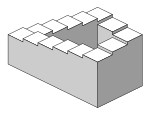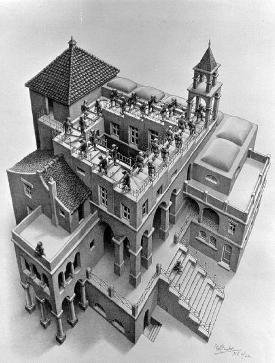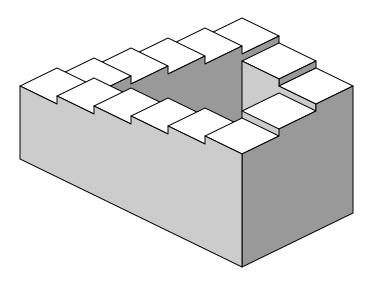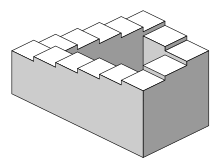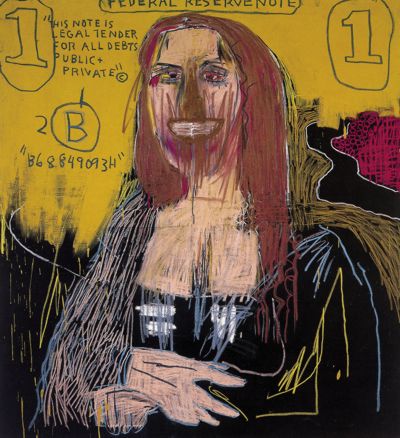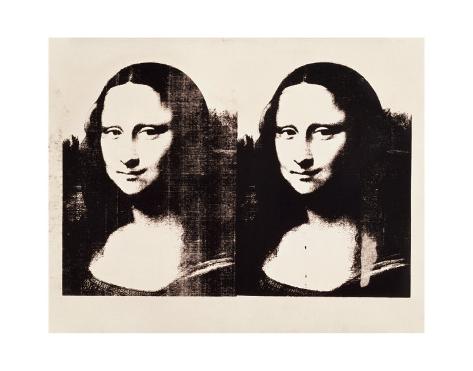Ars Electronica 2009
Linz, September 3rd – 8th
The Reinvention of Nature
We are entering a new age here on Earth: the Anthropocene. An age definitively characterized by humankind’s massive and irreversible influences on our home planet. Population explosion, climate change, the poisoning of the environment and our venturing into outer space have been the most striking symbols of this development so far.
But to a much more enormous extent, the achievements of genetic engineering and biotechnology are the truly indicative markers of this transition to a new epoch. Now, we’re not only changing our environment; we’re revising the fundamentals of life itself—even our own human life.
Humankind has appropriated the mantle of Creator. Though we just barely understand how this functions, we’re already modifying entire genomes, constructing new organisms, cloning, creating and inventing new life.
We’re using innovative high-tech methods to observe the human brain while it thinks, so that we can now look behind the veil of our consciousness and see how our mechanisms of perception and decision-making capacities are reflected in our neurons. The long-established boundaries segregating nature and culture are breaking down, and we are once again confronted by the question of the essence of humanness and the nature of the human being.
Thirty years after its founding, this globally established festival’s mission remains the same—we are steadfastly dedicated to the pursuit of the curiosity that is so deeply rooted in humankind’s nature, and we continue to intrepidly peer far into the future. Our immediate objective: to once again foment a fruitful, fascinating dialog at the interface of art, technology and society.
The new Ars Electronica Center that debuted at the outset of this year plays a key role in this endeavor, in that its extraordinary exhibition concept is totally focused on the question of how scientific findings and methods are changing the way we see the world and our views of humankind.
Linz is Europe’s 2009 Capital of Culture. As a major contribution to our city’s big year, the festival’s first project is already being launched on June 17, the day the 80+1 Base Camp is being set up on Linz’s Main Square as the point of departure of a virtual ‘round-the-world journey that, following completion of its 81-day itinerary, returns to Linz just in time for the festival. There, 80+1 will culminate in a globally-networked symposium on cloud intelligence.
2009 also brings us to a joyous milestone: Ars Electronica’s 30th anniversary! As befitting this occasion, an intense retrospective look at the dynamic development of media art will be a key component of the festival program.
Led, curated and produced by artists and scientists—and inspired by their work—the festival’s jam-packed lineup of fascinating events constitutes, as ever, an expedition into hybrid reality and the future of our world.
So, just what is this going to be like, this new nature that human beings are going about engendering?




